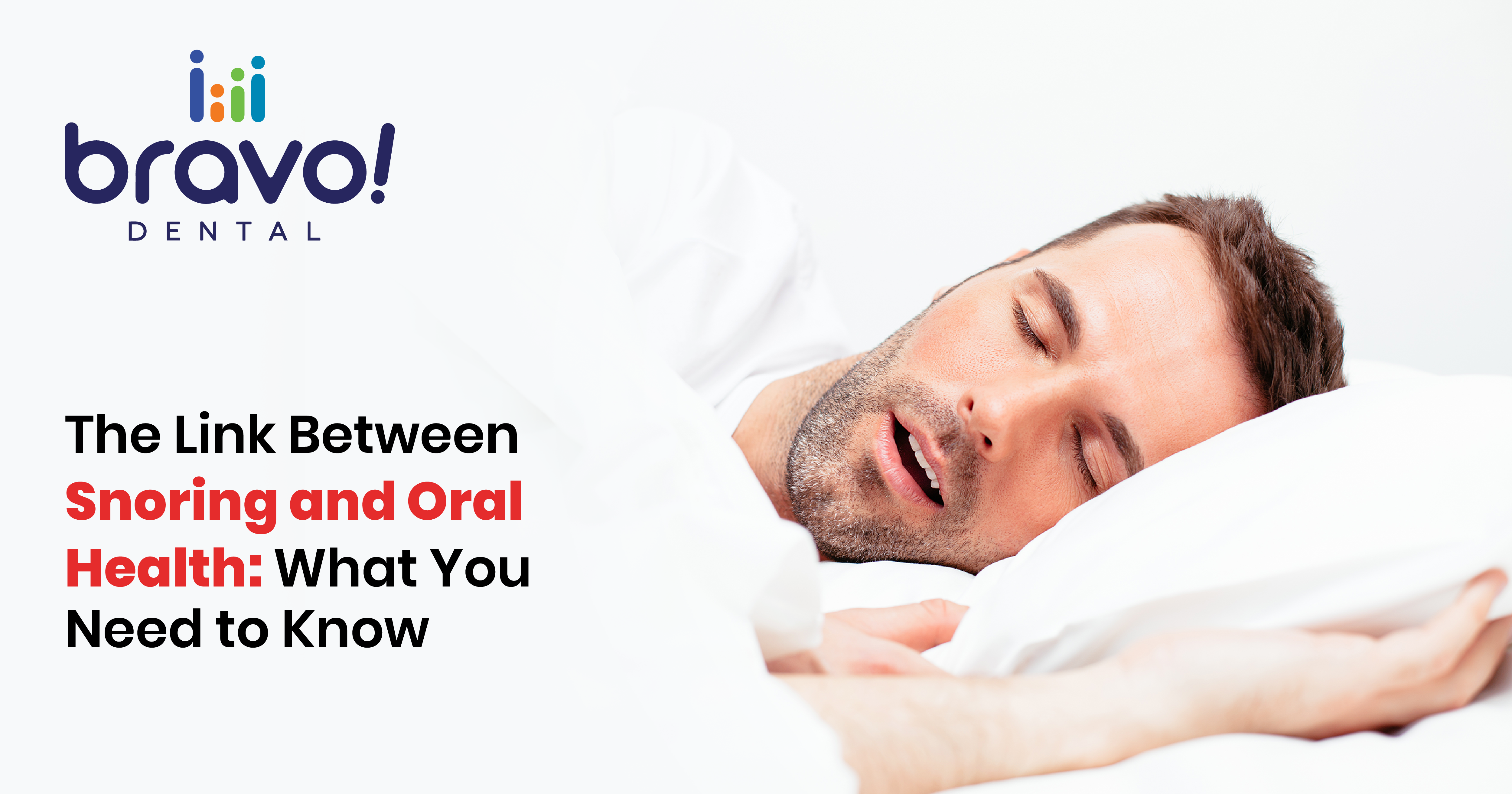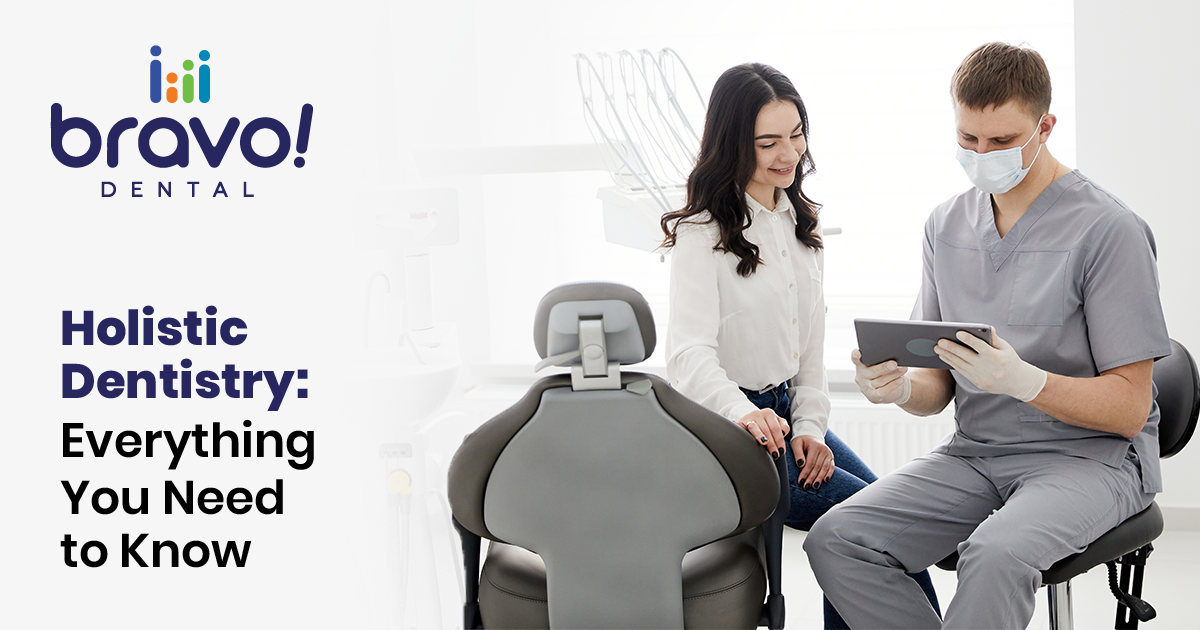
Most dental procedures are painless. However, many people suffer from dental anxiety due to a fear of pain. Sedation dentistry is often used for patients with anxieties, fear of the dentist, sensitive gag reflex, or a complex dental problem requiring a longer appointment.
What is sedation dentistry?
Sedation dentistry is a type of dental treatment that uses medication to help patients relax and feel more comfortable during procedures. It’s a moderate sedation, so you’re technically awake but very relaxed. It’s also called conscious sedation dentistry or “twilight sleep” because it induces a condition of short-term amnesia in which you feel insensitivity without losing consciousness.
In addition to making the dental experience more comfortable for patients, sedation dentistry can also make it more efficient for the dentist. Because the patient is relaxed and calm, the dentist can complete the procedure quicker and without interruption. This can be especially helpful for procedures requiring a high concentration level, such as root canals or extractions.
What are the different types of sedation dentistry?
Inhaled minimal sedation: Nitrous oxide, also referred to as “laughing gas,” is inhaled together with oxygen through a mask that is put over your nose. Your dentist can manage the level of sedation you receive, which usually wears off fast. You might be able to drive yourself home following the treatment with this type of anesthesia alone.
Oral sedation: It can be mild to moderate, depending on the total amount administered. You take a tablet for mild sedation. The Halcion pill, which belongs to the same pharmacological class as Valium, is often taken an hour prior to the procedure. Despite being awake, the tablet will make you sleepy. To achieve mild sedation, a higher dose may be administered. Some people have moderate oral sedation to the point that they get so sleepy throughout the treatment.
IV moderate sedation: The sedative medicine works more quickly since it is administered intravenously. The dentist can continuously modify the sedation level with this technique.
Deep sedation & general anesthesia: During the surgery, the dentist will give you drugs that will render you nearly unconscious or completely unconscious—deeply asleep. You cannot readily be awakened when under general anesthesia until the effects of the anesthesia wear off or are reversed by medication.
Who would benefit from sedation dentistry?
Sedation dentistry can assist people of all ages, including children. Dentists frequently advocate this alternative for patients who suffer from
- Dental anxiety or phobia.
- Gag reflex that is too sensitive.
- Aversion to needles (aichmophobia).
- Extremely sensitive teeth.
- Less sensitivity to local anesthetic.
- Difficulty controlling movements.
- Special requirements (including physical, cognitive, or behavioral).
If you are considering sedation dentistry, it is important to talk to your dentist about the different options available and which one is best for you. Our dental experts at Bravo! Dental can provide you with more information about the benefits and risks of sedation dentistry and help you make a wise decision. Call 1-888-682-7286 and book an appointment today!
happy to hear from you, contact us
Fill out the contact form below and Feel free to send any question or query.




